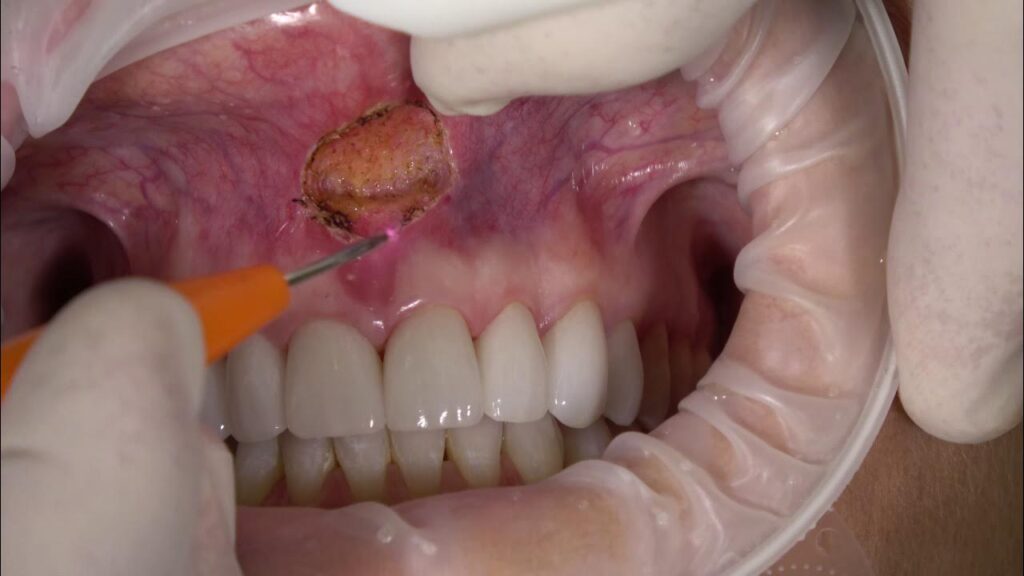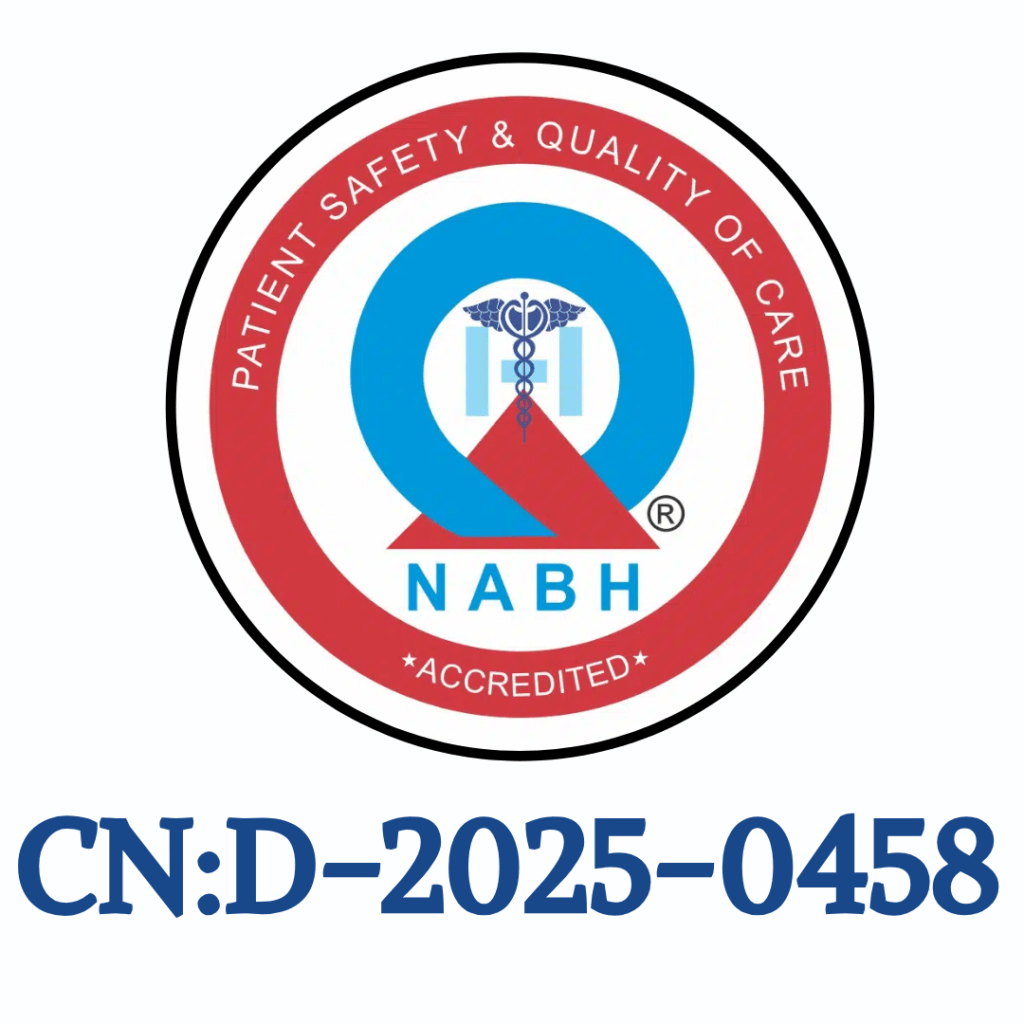WHAT ARE FRENECTOMY ?
A frenectomy is a minor surgical procedure performed to remove or modify a frenum, a small fold of tissue that connects two structures in the body. The most common types of frenectomy involve the lingual frenulum (under the tongue) and the labial frenulum (inside the upper or lower lip).




| INDICATIONS FOR FRENECTOMY:
Frenectomy might be advised for a variety of reasons, such as:
- Ankyloglossia (tongue-tie): When the lingual frenulum is too short or tight, it can restrict the movement of the tongue, leading to difficulties with speech, feeding, or oral hygiene.
- Diastema closure: In cases where a prominent labial frenulum causes a gap between the front teeth (diastema), removing or repositioning the frenulum can help close the gap.
- Orthodontic treatment: Frenectomy may be performed to facilitate orthodontic treatment by eliminating obstacles to tooth movement caused by tight or prominent frenula.
| TYPES OF FRENECTOMY:
Depending on the location and extent of the frenulum, different techniques may be used for frenectomy:
- Lingual frenectomy: Involves cutting or releasing the lingual frenulum to improve tongue mobility and function.
- Labial frenectomy: Targets the labial frenulum to address issues such as diastema or interference with denture placement.
- Laser frenectomy: A minimally invasive approach that uses laser technology to precisely remove or modify the frenulum, resulting in minimal discomfort and faster healing compared to traditional techniques.
|THE FRENECTOMY PROCEDURE:
Frenectomy is typically performed in a dental or surgical setting under local anesthesia to numb the area. The surgeon carefully cuts or releases the frenulum using a scalpel, laser, or other specialized instruments. The procedure is usually quick and relatively painless, with minimal bleeding and post-operative discomfort.
Recovery and Follow-Up:
After the frenectomy, patients may experience mild discomfort, swelling, or bruising, which can be managed with over-the-counter pain medication and ice packs. It’s essential to follow any post-operative instructions provided by the surgeon and attend follow-up appointments to ensure proper healing and address any concerns.
|BENEFITS OF FRENECTOMY::
Frenectomy can offer several benefits, including:
- Improved tongue mobility and function, enhancing speech articulation, swallowing, and oral hygiene.
- Closure of gaps between teeth caused by a prominent labial frenulum, leading to a more esthetically pleasing smile.
- Facilitation of orthodontic treatment by eliminating obstacles to tooth movement and alignment.
| CONCLUSION:
Frenectomy is a safe and effective procedure that can address a range of oral issues related to tight or prominent frenula. By improving tongue mobility, closing gaps between teeth, and facilitating orthodontic treatment, frenectomy can significantly enhance oral function and aesthetics, leading to improved quality of life for patients of all ages.
FAQ
Most frequent questions and answers
A frenectomy is a simple procedure to remove a small piece of tissue called a frenum that restricts movement, usually in the mouth.
No, a frenectomy is typically done under local anesthesia, so you may feel some pressure but shouldn’t feel pain during the procedure.
Yes, you can eat soft foods after the procedure, but avoid anything too hard or crunchy for a few days to allow proper healing.
You may experience some mild discomfort and swelling for a few days, but this can usually be managed with over-the-counter pain relievers.
Daily, use a soft-bristled brush and denture cleaner to clean your dentures. Remove them at night to allow your gums to rest and keep them moist in water or a denture solution.


